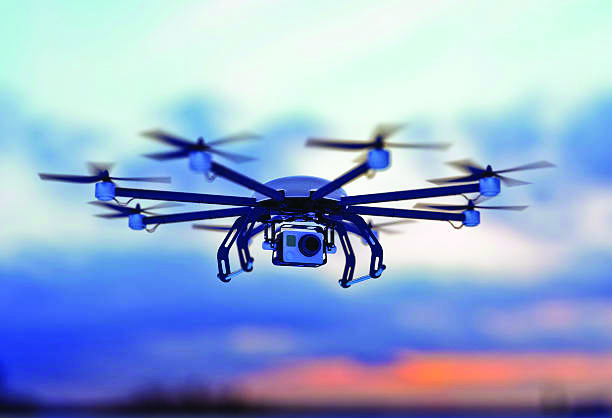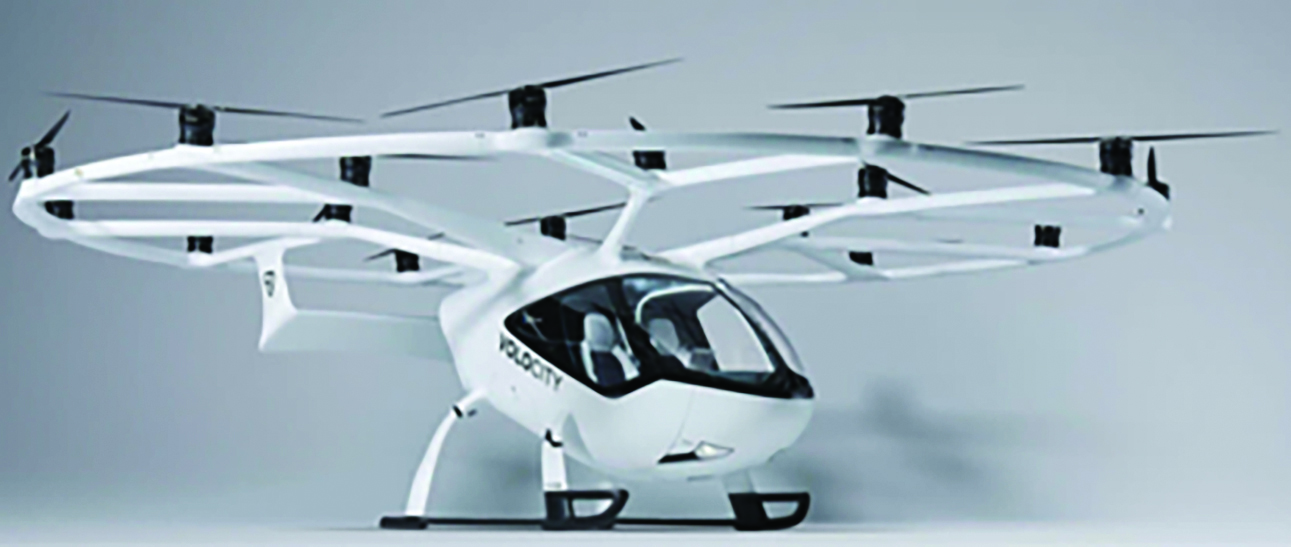Since 2017, EASA has been conducting studies to support the development of noise standards for Unmanned Air Systems (UAS – otherwise known as Drones) and Vertical take-off and landing Capable Aircraft (VCA – otherwise known as Urban Air Mobility or Advanced Air Mobility vehicles) to ensure a uniform high level of environmental protection for EU citizens who have listed noise as the second main concern after safety in an EU-wide study
. These studies investigated how to obtain accurate and repeatable noise levels, characterized perceived annoyance (psychoacoustics), identified the best noise metric and derived dose-response relationships.
UAS belonging to the ‘open’ category of operations must already meet noise requirements covered by the ISO 3744 standard
, while UAS of the ‘certified’ category undergo a typical certification program with EASA. Recognizing the need for noise standards in the intermediate ‘specific’ category, EASA published guidelines to measure the noise levels of UAS below 600 kg in October 2023 . These guidelines contain procedures to measure noise in level-flight and hover conditions, and will assist national, regional, and municipal authorities in authorizing local UAS operations. UAS noise data collected according to these guidelines can be submitted to EASA (noise@easa.europa.eu) and will be published on the EASA Innovative Air Mobility Hub . This product noise certification data will complement the U-Space operational concept to ensure a safe and sustainable integration of this emerging market within the aviation sector . Regarding VCA, EASA has recently published two Environmental Protection Technical Specifications (EPTS), which both underwent public consultation. The first EPTS, published in 2023, addresses VCA with non-tilting rotors
Regarding VCA, EASA has recently published two Environmental Protection Technical Specifications (EPTS), which both underwent public consultation. The first EPTS, published in 2023, addresses VCA with non-tilting rotors
While applications to EASA for electric powered aircraft have increased, there have been few completed general aviation programs since the noise certification of the Pipistrel Velis Electro in 2020, aside from the LAK-17 self-launching sailplane in 2023, due to continuing challenges in increasing battery energy density to reduce weight and increase range. For both products, the legacy noise standards of ICAO Annex 16, Chapter 10 were used with small adjustments. This technology can lead to a 10 decibel noise reduction compared to equivalent piston- engine aircraft, which is perceived as 50% quieter.
